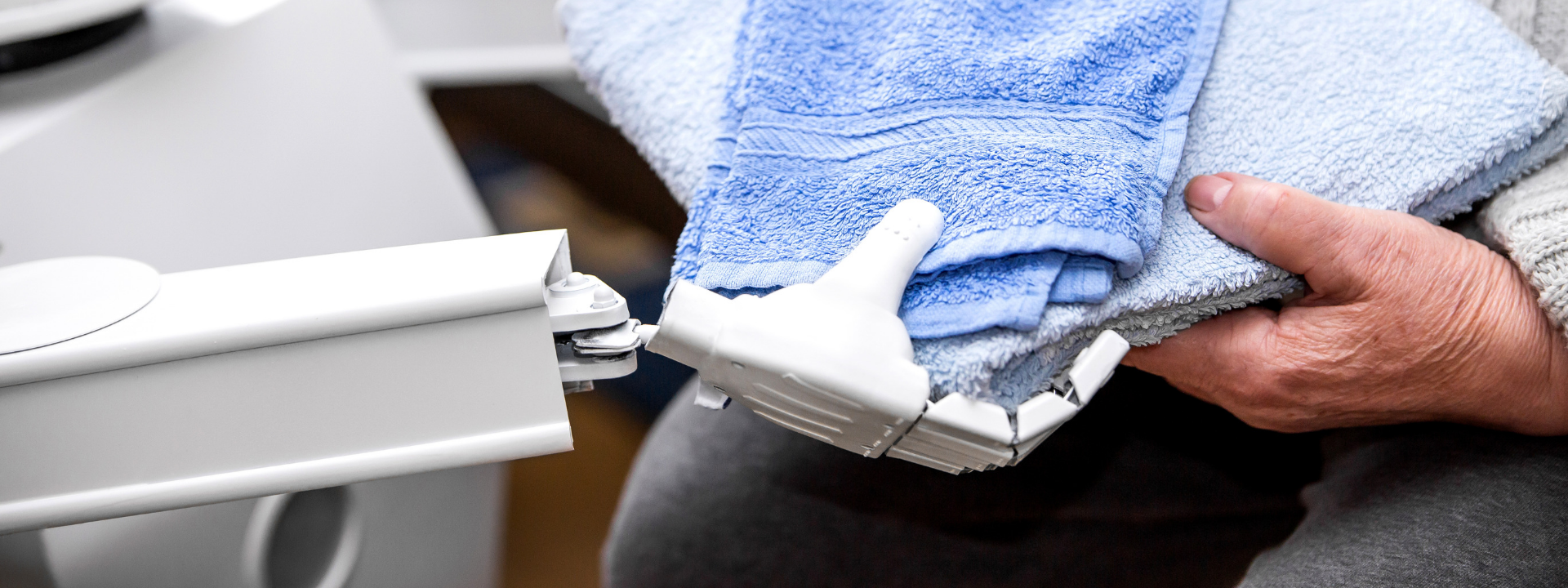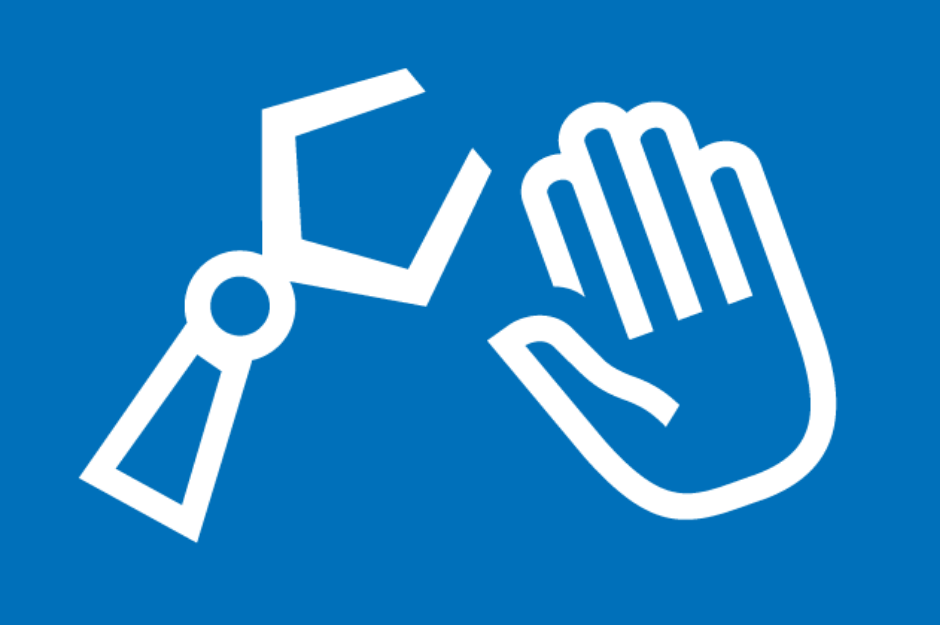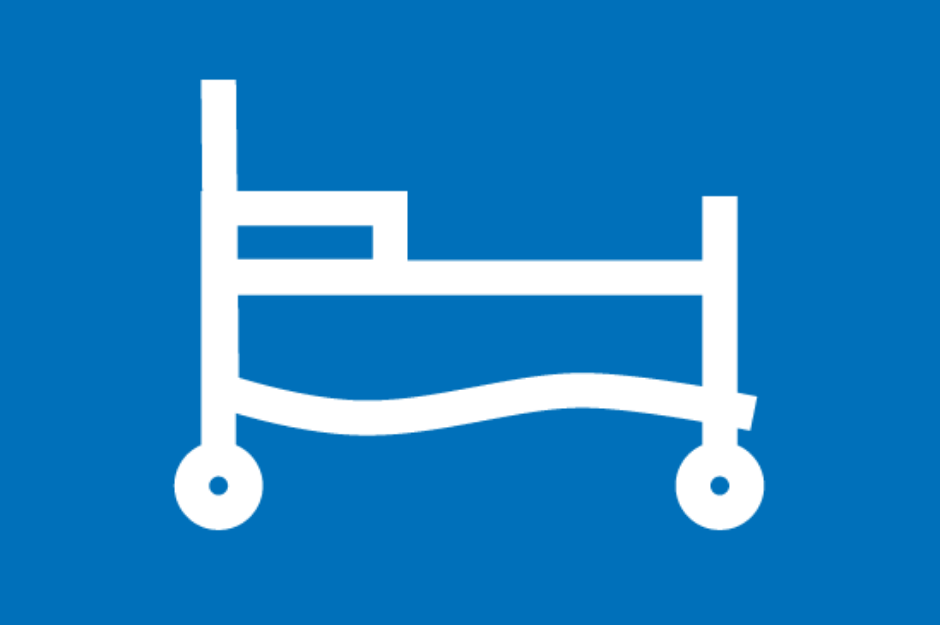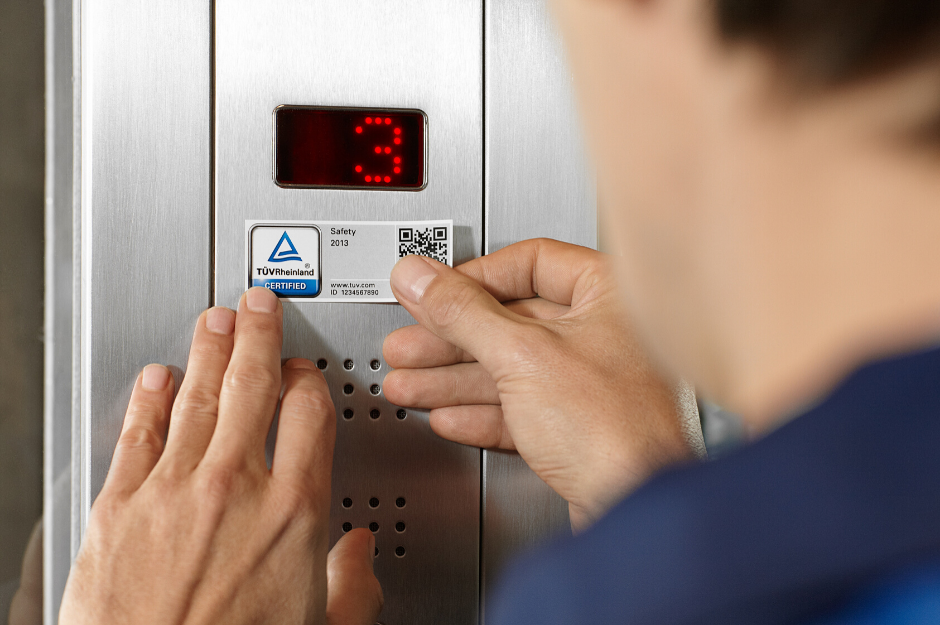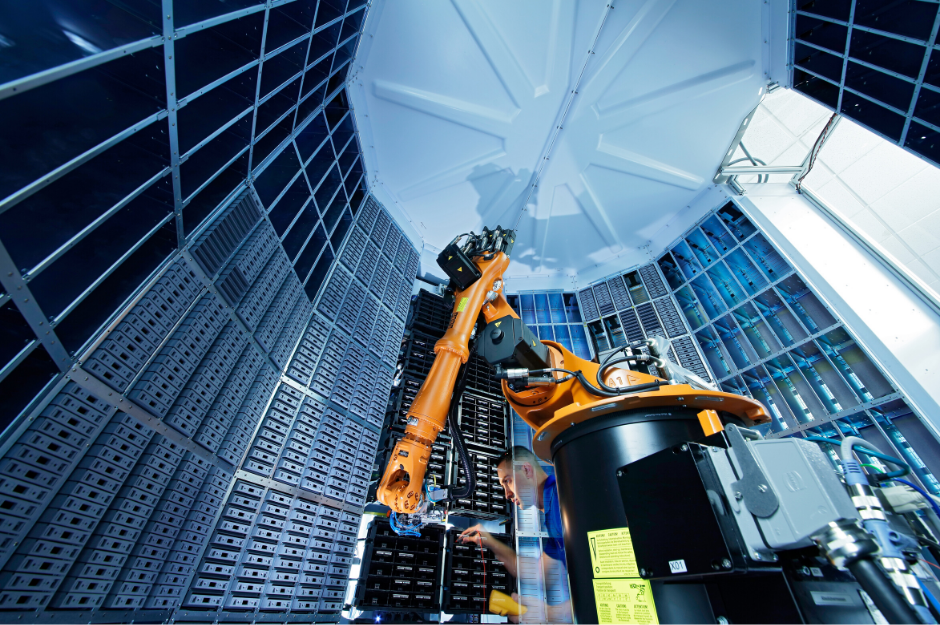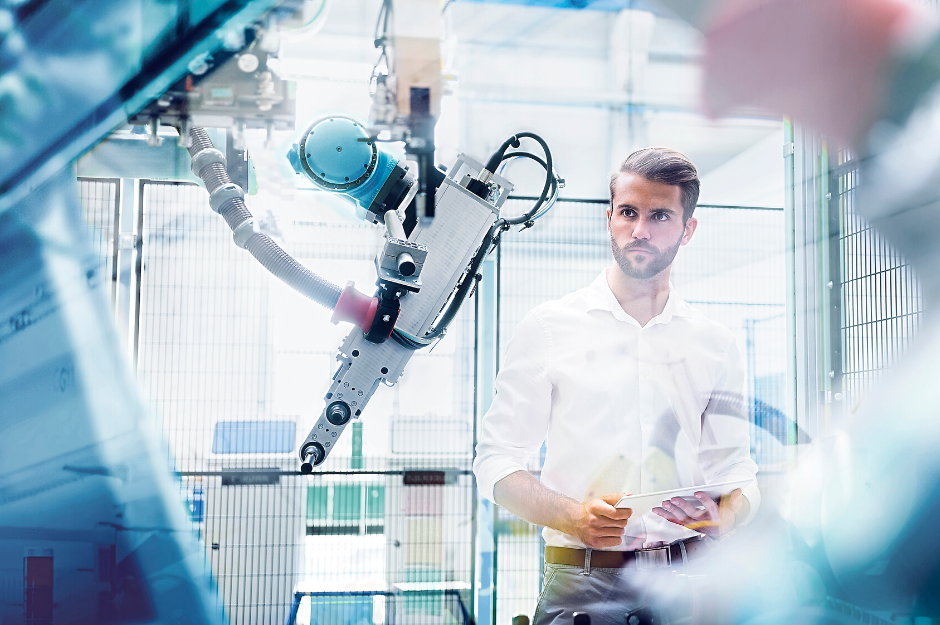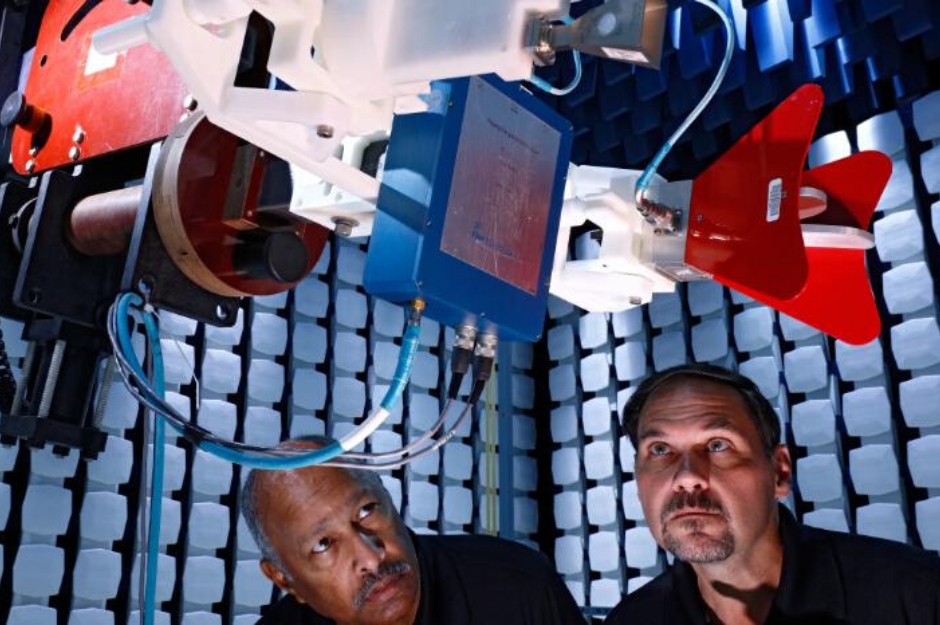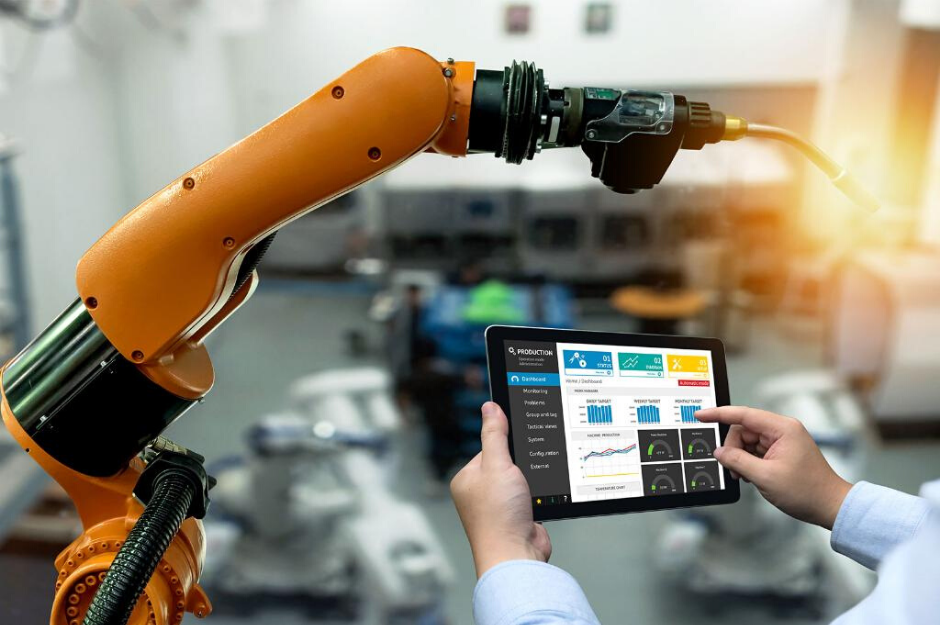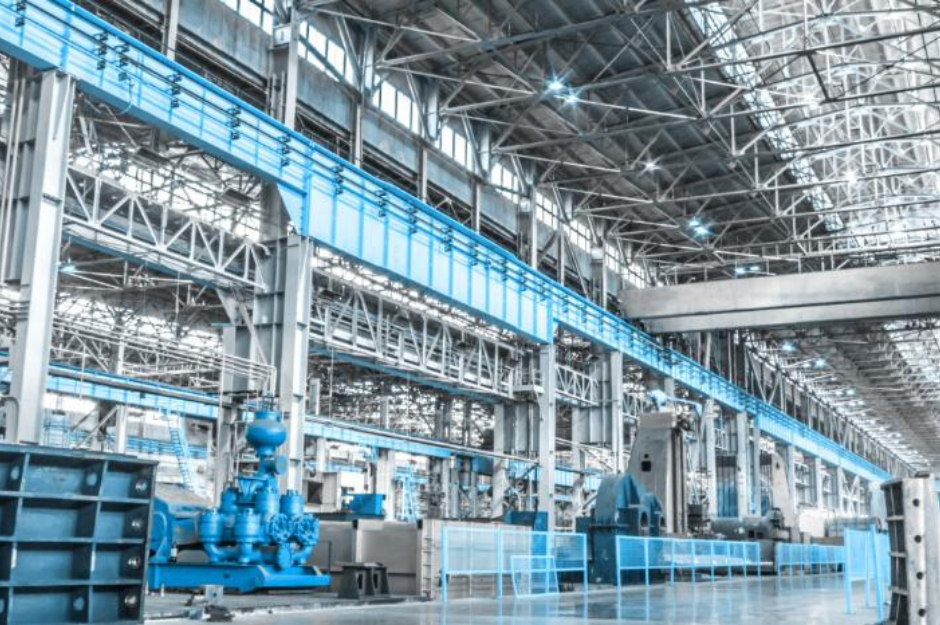Personal Care Robots
Understanding the Required Safety Standards
Robots are nothing new on the factory floor, handling the repetitive and precise tasks that wear down their human counterparts. But new robots – referred to as personal care robots – are an entirely different type of robot, taking their place alongside humans in their daily activities. They’re being deployed by delivery services to move packages short distances. They’re using sensors and screens to recognize people and exchange information. They’re patrolling the aisles of grocery stores, spotting spills and swooping in to clean them up.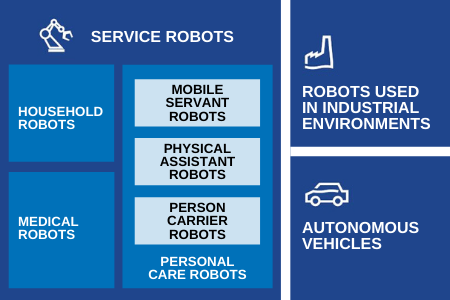
Consumers may not have come into contact with these types of robots yet, but they’re likely to do so shortly. Annual growth rates for personal care robots are predicted at 19% annually through 2024, when it’s expected to reach $10 billion in annual sales as they are installed in both homes and businesses, fulfilling different services for their end users.
While industrial robot standards consider the end user to be a trained person, personal care robots can be used around anyone – trained or untrained. The environment that these robots can be used in is also much less predictable and the tasks of a personal care robot are not as well defined and repetitive like in the industrial world. Thus this requires some very special safety considerations as everyone from a baby to the elderly can now be at risk.
As a consequence, the standards for ensuring they do their work safely are different than those for industrial robots. In this whitepaper, we’ll describe those standards and what manufacturers and businesses need to be aware if they plan to enter this new, rapidly growing market.

